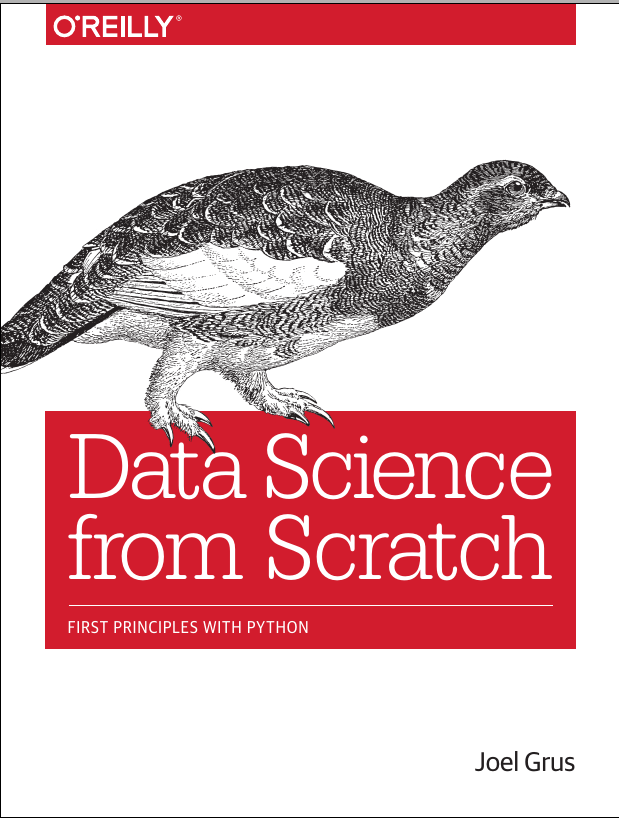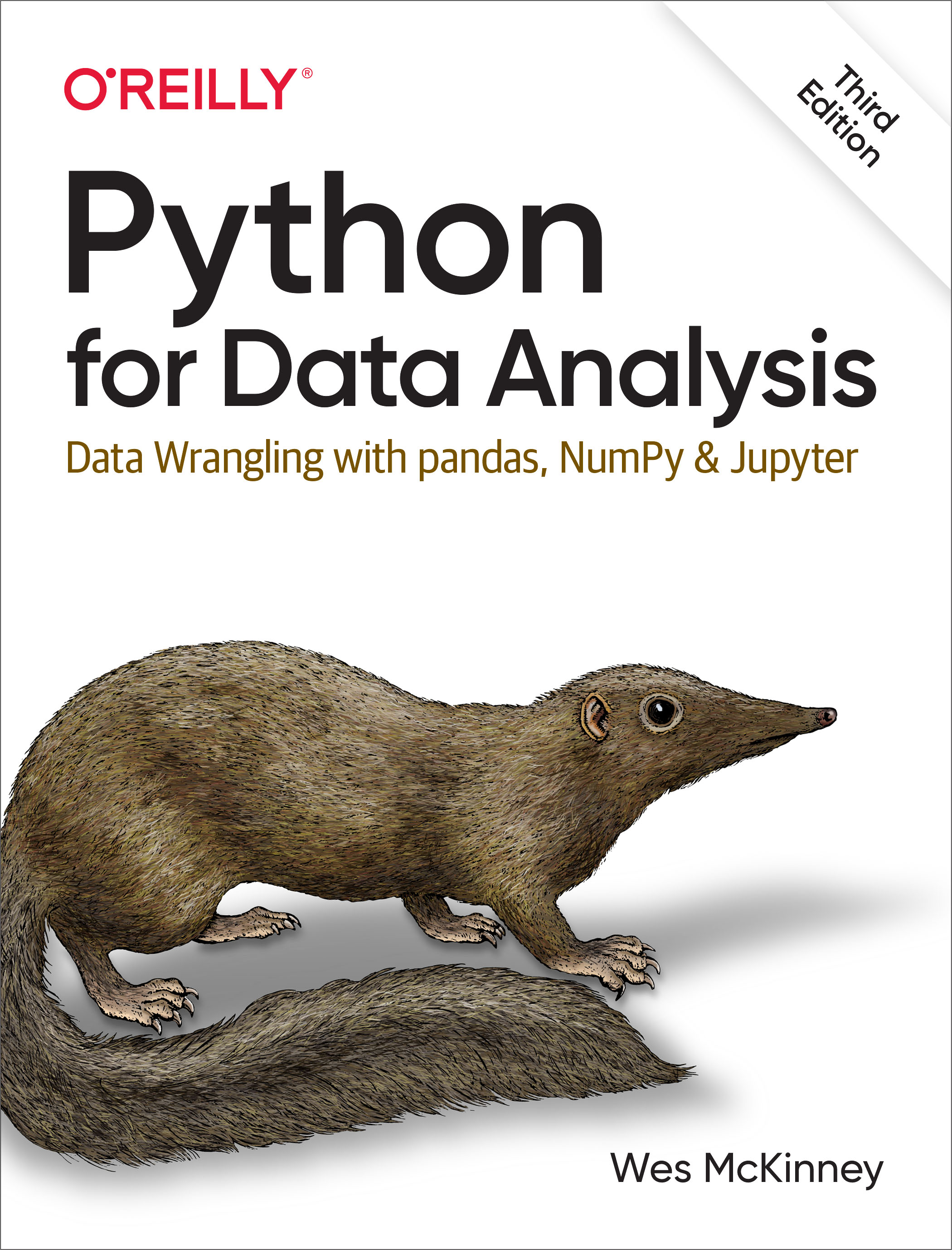Python basics refresher
ITEC 3160 Programming for Data Analysis,
Cengiz Günay
(License: CC BY-SA 4.0)

The very basics

Chapter 2.3
- Python history: version 2 vs 3; now popular for AI & ML
- Whitespace, quotations, language conventions, operators
- Control statements: blocks, if-elif-else, while
- Modules and import
A Quick Practice!
This is a good place to practice what we reviewed so far. Think of a theme and use Brython to write your program with:
- At least three variables and do some artithmetic
- One list, one function, and one if statement with elif and else
- One for and one while loop, and use continue and break
- Print a lot of things
- Click on the “Share” button to post on forum
An ephemeral Python practice area (wait for it to load)
How to practice Python
Do one or more of these based on your preferences!
- Use online IDEs (Brython Editor - no ads, can get share link)
- Download from Pyton.org
- Download IDE PyCharm (student discount )
- Download IDE Visual Studio Code with Python plugin
- Download Jupyter (we’ll use it in second half of semester)
A crash course into Python

See Chapter 2.
- Zen of Python
- Installing
- Virtual environments
- Whitespace
- Modules and import
- Functions
- Strings
Practice functions
Work in teams, but only one person should submit. Write Python code online or in your own IDE to:
- List your teammates’ names in a comment at the top.
- Print out a salutation message with a function that has default function parameters. Show its usage for parameters that are provided vs. missing.
- Add a docstring to your function. Demonstrate how your docstring
is displayed with the
help()function. - Create a list and a for loop that prints out each element using f-strings.
- Add an if-statement that behaves differently for some elements of the list by applying two or more lambda functions.
Have a theme of your choice and make it interesting!
Language basics
(Continuing DSS Chapter 2)
- Lists
- Tuples
- Dictionaries (default, Counter)
Practice basics in-class exercise
Work in teams on any IDE. Create a program with a theme of your choice that uses all of the elements from both of the following lists:
Dictionaries:
- Take input from a user in a loop
- Add to a dictionary items and their associated values
- Then check if items exist in the dictionary
- Delete items from dictionary based on conditions
- Print out the dictionary
Also include the following elements:
- A function that returns multiple values using a tuple
- Use list unpacking to assign variables from tuple
- Access a list’s elements by using slicing
Misc Python Oddities
(Continuing DSS Chapter 2)
- Sets
- Control flow
- Truthiness
- Sorting
- List comprehensions
- Zip and argument unpacking
- Type annotations (just the basics)
Practice Misc Python Stuff
Work in teams on any IDE. Create a program that includes:
- A set: add elements and check for membership
- An if-elif-else statement
- A loop with use of break and continue
- Use truthiness of data structures in a conditional statement (other than simple binary operators); could be for loop logic
- sort a data structure and print them out
- create a list using the list comprehension syntax; you can use the data from the set
- use zip somewhere
- specify type annotations in at least one place
- make sure it’s sufficiently distinct from others’ submissions and that your program has a theme